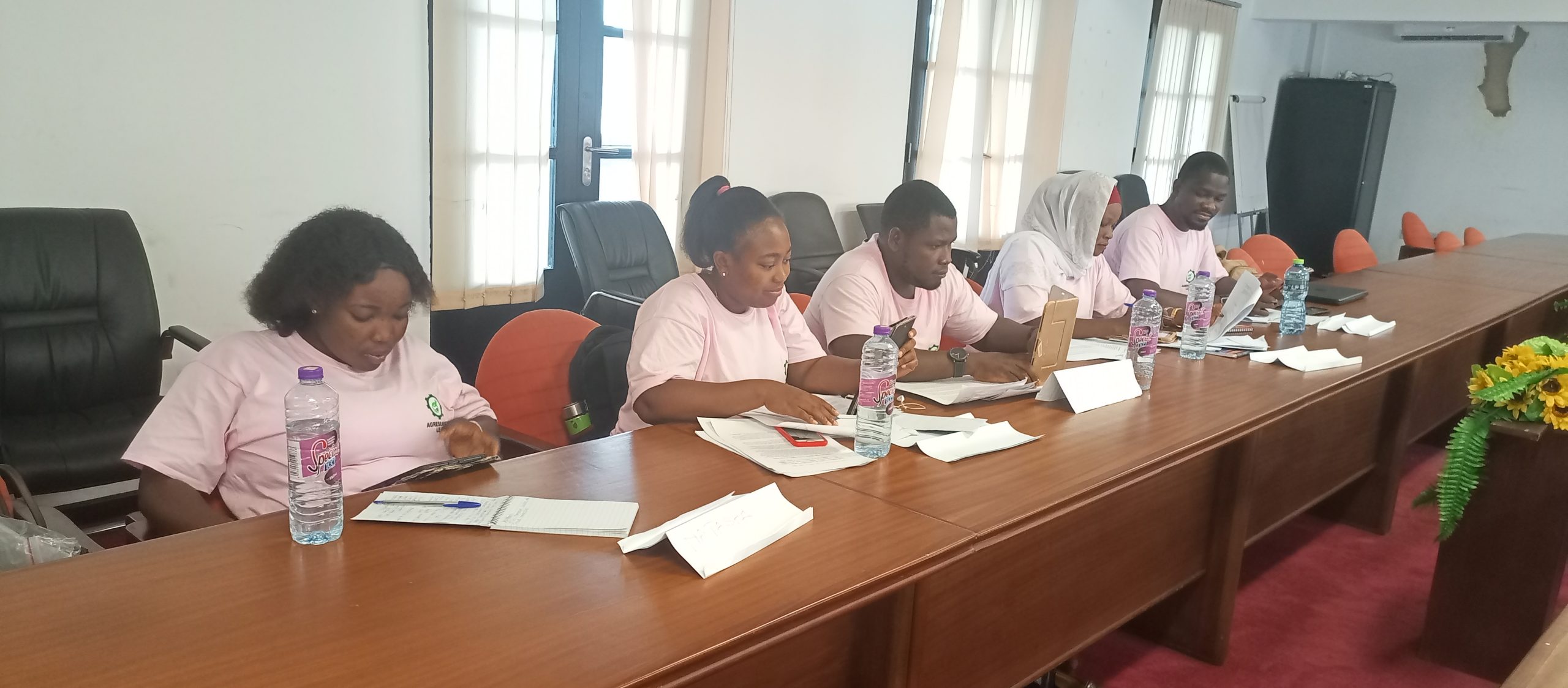Overview
The WHO further recommends that mothers of SSNBs should be appropriately supported to provide exclusive breastfeeding (EBF) or alternative feeding (expressed breast milk, donor breast milk or formula), and that clinically stable preterm newborns should receive kangaroo mother care (KMC) (a package of early and continuous skin-to-skin contact, breastfeeding support, timely discharge, and post-discharge follow-up) to encourage breast milk feeding. As such, the MCGL sanctioned this assessment in Ghana in 6 selected facilities to identify current practices, gaps and opportunities at facility and community levels to strengthen breastmilk feeding for small, sick newborns (SSNBs) during inpatient and post discharge follow-up care (to include babies up to two months old).
The small and sick newborn feeding assessment was conducted by Agresearch Lead consult in the Greater Accra region. This project was implemented by JHPIEGO and Momentum Country and Global Leadership.
The assessment targeted 6 health facilities purposely selected (i.e. Korle-bu Teaching Hospital, Greater Accra Regional Hospital, Achimota Hospital, Ga West Municipal hospital and Tema General Hospital and Shai Osudoku districts).
Duration: May, 2022 – September, 2022.
Location: Greater Accra region of Ghana
Technical Approach
Study Design
The assessment deployed Quantitative and Qualitative (Key Informant Interviews (KII) and Focus Group Discussions (FGDs) in selected inpatient neonatal care facilities and during post-discharge follow-up care in Ghana. The study targeted 54 KII respondents and 5 FGDs in 6 purposely-selected health facilities offering SSNB care (neonatal wards or inpatient facilities). The part of the sampling technique, 1 tertiary level facility and 5 sub-national hospitals were sampled for the study.
Using purposive sampling, based on convenience and availability of eligible study participants, Health providers such as Nurses, Midwives and Doctors who care for SSNBs in selected hospitals were sampled, Parents/caregivers of current inpatient SSNBs (inpatient for >3 days) in selected hospitals and Mothers/caregivers of discharged SSNBs within two months were also part of the survey participants.
Study Population
The study sampled the participants based on the following approaches
- Health providers: ‘ In each facility, a census of eligible health providers was conducted and randomly select three (3) providers (one per discipline) per facility. Health providers who care for SSNBs in selected hospitals such as nurses, midwives and doctors were part of study
• Inpatient mother: mothers/caregivers of SSNBs currently receiving treatment who fulfill the inclusion criteria from a list 2 to 3 parents were randomly selected and approached to participate per facility. If any randomly selected mother/caregiver did not provide consent, the next mother/caregiver on the list was interviewed. Parents/caregivers of current inpatient SSNBs (inpatient for >3 days) in selected hospitals
• Mothers/caregivers of discharged SSNBs within two months (<60 days) of delivery
• Community influencers and family members of discharged SSNB, community health workers and traditional birth attendants were also engaged using the Focus Group Discussion guide
A total of 54 KII was conducted and 5 FGDs. The KII was conducted among 20 health care providers and 18 mothers with SSNBs in 6 purposively selected facilities in Greater Accra Region. Details of the sample selection can be found in the table below.
Sample Distribution of participants
| Respondent type | Instrument | Sample size | Disaggregation | |
| Hospital | Health Centre | |||
| Health service providers (1 nurse, 1 midwife and 1 neonatologist/doctor per facility) | KIIs | 18 | 3 | 15 |
| Caregivers/parents | KIIs | 18 | 3 | 15 |
| Post discharge caregivers/ mothers | KIIs | 18 | 3 | 15 |
| Family members | FGDs | 6 | 1 | 4 |
Tasks carried out:
The activities the team carried out were;
- Organized inception meeting with partners to discuss technical approach.
- Reviewed quantitative and qualitative instruments.
- Programmed questionnaires using Kobo collect.
- Human resource and logistics arrangement for training and data collection.
- Trained field team members on survey instruments and protocols.
- Data collection (Quantitative and Qualitative) in the selected health facilities.
- Data collation, cleaning and analysis.
- Prepared draft, reviewed comments from stakeholders and submitted final evaluation report.
- Prepared PowerPoint presentation slides for stakeholder validation.
- Presented the findings to respective stakeholders.

